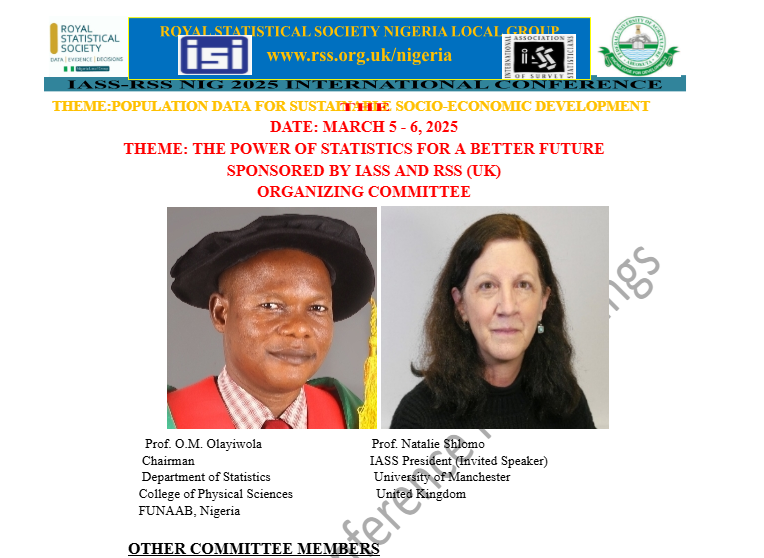CURE FRACTION MODELS BASED ON A LOMAX-EXPONENTIAL DISTRIBUTION WITH APPLICATIONS.
Abstract
Research has proven that due to the development of new drugs, some patients in a cohort of cancer patients are cured permanently, and some are not cured. The patients who are cured permanently are called cured or long-term survivors while patients who experience the recurrence of the disease are termed as susceptible or uncured. Cure fraction models are usually used to model lifetime time data with long-term survivors. This paper presents a maximum likelihood estimation and analysis of a three-parameter Lomax-exponential distribution (LED) involving a cure fraction parameter with application to censored dataset. In order to capture the proportion of cured patients, a mixture and a non-mixture cure models formulation methods are employed. To assess the usefulness of these models in real life applications, the paper used a real-life dataset on acute lymphoblastic leukaemia (ALL) data. The results revealed that the estimates of the cured proportion based on LED are higher for treatment group I than group II which implies a higher probability survival for patients receiving treatment I than those receiving treatment II. It is also revealed that the estimates of the cured proportion are higher for the mixture cure model than the non-mixture cure model. Furthermore, the study revealed that the mixture cure model based on LED has lower values of AIC and BIC than the non-mixture cure model and LED, meaning that the mixture cure model fits the data better than the non-mixture cure model.
Keywords: Cure fraction, Cure model, mixture, non-mixture, LED, Estimation and application.

